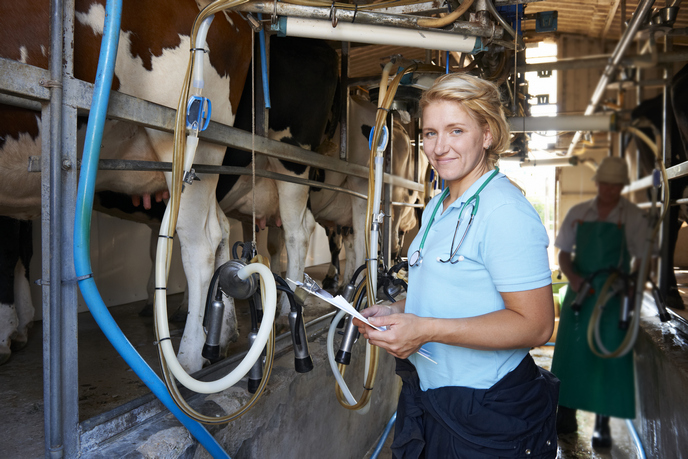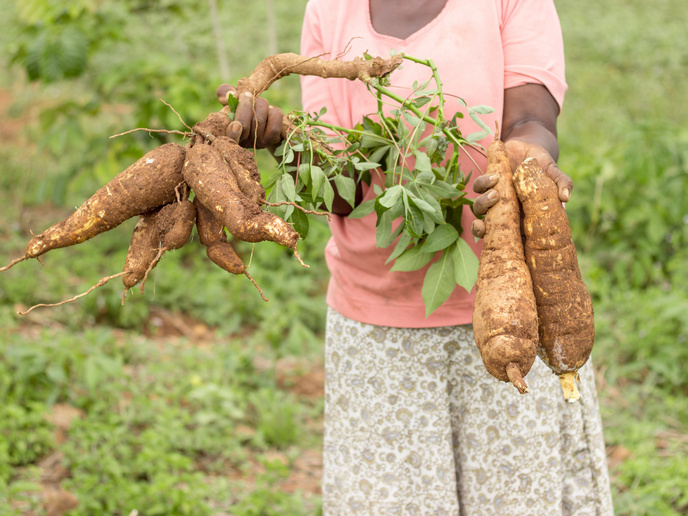Antibiotic-free answer to bovine mastitis
The EU-funded project MASTERCOW has developed and tested a revolutionary application method for treating bovine mastitis. Along with elimination of antibiotic resistance and a cure rate of up to 99 % come lowered costs and increased well-being for the cow.
Silver lining for the udder
The new therapy is based on a technology incorporating stabilised clusters of silver ions developed by Yuri Sidorin, professor at the University of Kemerovo, Russia. The project coordinator company CNT Lab srl produced and tested several of these antibacterial products in 2013, one of which became MasterCow. “Applied as a lavage or wash to the inside tissue lining of the udder, MasterCow has outstanding antimicrobial activity,” outlines Enrico Sozzi, CEO of CNT Lab srl. Following preliminary market analysis in 2016, product prototypes were tested from 2017 onwards. Tests on three different solutions containing stabilised silver ions from CNT Lab were applied to dairy cows affected by chronic mastitis. Recovery with MasterCow exceeded 80 % in 16 animals. Project researchers then tested the chemical composition of the final product to define the most appropriate matrix and optimal silver concentration. Further refinement included adding a foamy agent to boost product effectiveness.
Application is crucial – a happy cow is more likely to be a healthy one
The goal of MASTERCOW was to develop an application method that does not harm the animal during treatment, while guaranteeing a uniform spreading of the product inside the udder. A significant challenge arose during the development of the dispensing method. “The animals suffered because of cooling down of the udder and prolonged dispensing time,” says Sozzi. “We needed a faster solution without propellant gas and therefore switched to the Bag-On-Valve(opens in new window) can,” explains Sozzi. The result: an ecological air system causing no cooling, with significantly reduced treatment time. He continues: “We adopted a few tricks to ensure a uniform spreading of MasterCow inside the udder – limited solution flow rate and optimised dimensions of the cannula.”
Moving on to greener pastures
Selection for SME phase 2 would provide important future support to the project. “In any case,” Sozzi points out, “to bring MasterCow to the market, CNT Lab is financially supported by the holding Clusternanotech.” They are pretty confident this will be possible in a short time, thanks to the many partners who have endorsed or joined the MASTERCOW project. Next steps are to identify a final design of the MasterCow formulation and to certify the product in compliance with EU regulation. Necessary preclinical and clinical tests will be carried out by the Department of Veterinary Science of the University of Parma(opens in new window) with professors A. Summer and F. Quintavalla, who have extensive experience in dairy science and agro-industrial biotechnologies. MASTERCOW aims to obtain a cure rate as close as possible to 100 % for dairy cows and to reduce the time during which milk must be discarded to 2 hours. Summing up his confidence in their mastitis therapy, Sozzi concludes: “We strongly believe that MasterCow is a potential solution to avoid overuse of antibiotics and their contamination of milk, making the European dairy industry more competitive and sustainable.”







